How to Build a Raised Garden Bed on Your Apartment Balcony: Growing Vegetables and Herbs
Introduction
Living in an apartment with limited outdoor space doesn’t mean you have to give up on your dream of having a garden. With a bit of creativity and some DIY skills, you can build a raised garden bed on your apartment balcony and grow your own vegetables and herbs. Not only does this provide you with fresh produce, but it also adds a touch of greenery to your living space.
In this article, we will guide you through the process of building a raised garden bed on your apartment balcony. We will cover the materials you’ll need, the steps to take, and some tips on growing vegetables and herbs in a small space.
We’ll also discuss the benefits of growing your own food, such as saving money on groceries, reducing your carbon footprint, and enjoying the satisfaction of eating something you’ve grown yourself.
So, roll up your sleeves and get ready to build your own raised garden bed. It’s time to turn your apartment balcony into a green oasis!
Materials Needed:
- Lumber or pallets
- Screws and nails
- Soil
- Compost
- Seeds or seedlings
- Watering can or hose
- Gardening gloves and tools
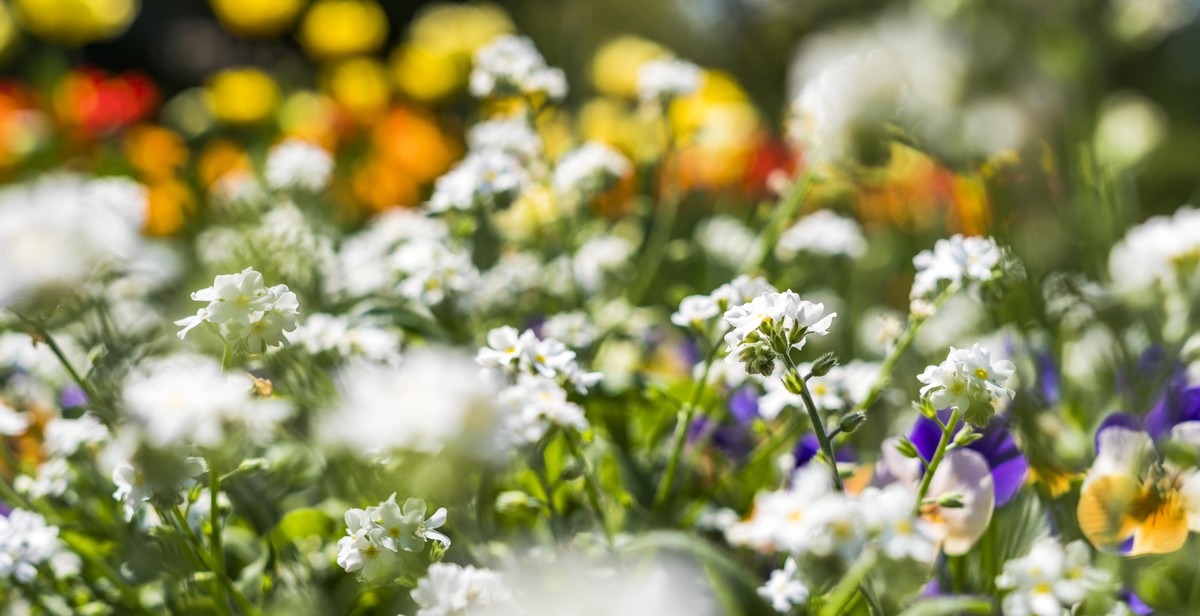
Benefits of a Raised Garden Bed
Building a raised garden bed on your apartment balcony has several benefits, including:
Increased Yield
Raised garden beds provide a more controlled environment for your plants, allowing you to optimize soil quality, water retention, and sunlight exposure. This leads to increased yields and healthier plants overall. Additionally, raised beds prevent soil compaction, which can limit root growth and reduce yields.
Better Drainage and Aeration
Raised garden beds typically have better drainage and aeration than traditional in-ground gardens. The elevated soil level allows excess water to drain away more easily, preventing waterlogging and root rot. The loose soil also allows for better air circulation, which can help prevent fungal diseases and improve plant growth.
Less Strain on Back and Knees
Raised garden beds are built at a height that is comfortable to work with, reducing strain on your back and knees. This is especially beneficial for older gardeners or those with physical limitations. With a raised bed, you can easily tend to your plants without having to bend over or kneel on the ground.
Overall, building a raised garden bed on your apartment balcony is a smart choice for any aspiring gardener. Not only will it help you grow healthier plants and increase your yields, but it will also make gardening more comfortable and enjoyable.
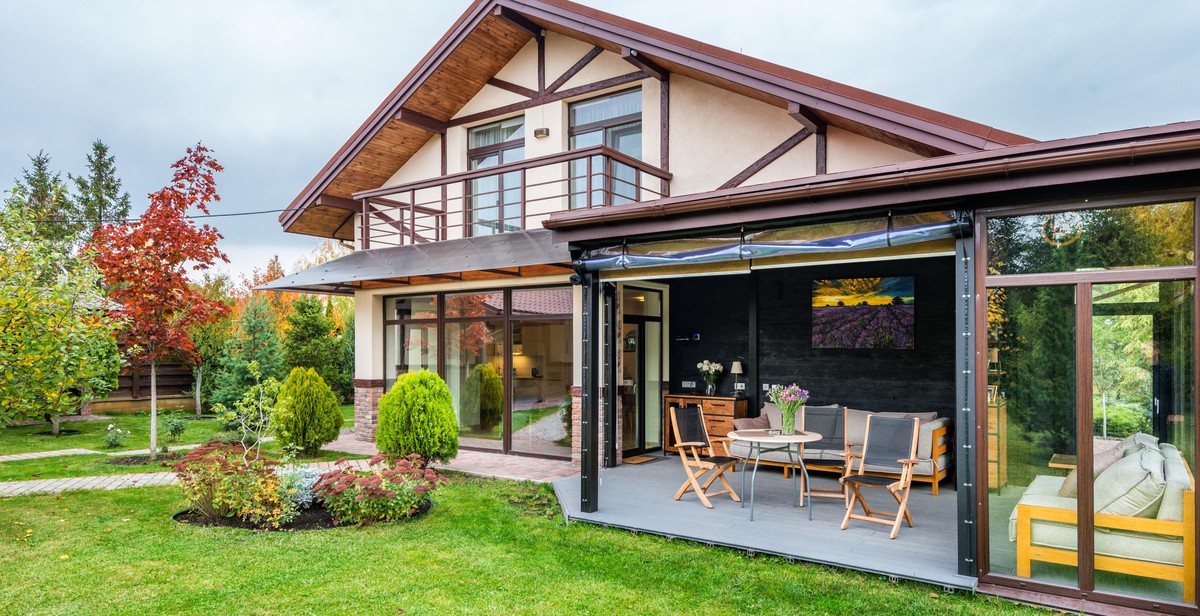
Choosing the Right Location
Before you start building your raised garden bed, you need to choose the right location for it. Here are some factors to consider:
Sunlight Exposure
Plants need sunlight to grow, so it’s important to choose a location that gets plenty of sunlight. Look for a spot that gets at least 6 hours of direct sunlight per day. If your balcony is shaded, you may need to consider using grow lights to supplement the sunlight.
Check for Wind Exposure
Wind can damage plants and dry out the soil, so it’s important to choose a location that’s protected from strong winds. If your balcony is windy, consider using a windbreak, such as a trellis or a fence, to protect your plants.
Evaluate Space Constraints
Make sure you have enough space for your raised garden bed. Measure the area where you want to place the bed and make sure it’s large enough to accommodate the size of the bed you want to build. Also, consider the weight of the soil and the bed itself and make sure your balcony can support it.
By considering these factors, you can choose the right location for your raised garden bed and ensure that your plants have the best chance of growing successfully.
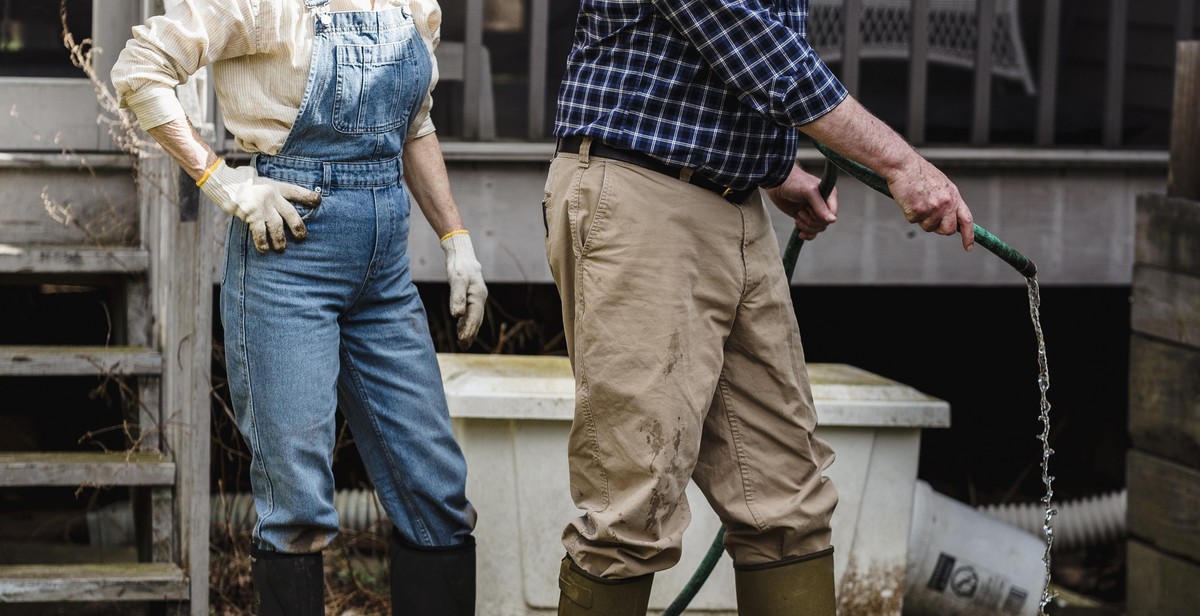
Materials Needed
Building a raised garden bed on your apartment balcony requires some materials that are readily available at any hardware store or nursery. Here is a list of materials you will need:
Lumber
- 2 pieces of 2×4 lumber (8ft long)
- 6 pieces of 1×6 lumber (8ft long)
Screws
- 1lb of 2.5-inch exterior wood screws
Soil
- 4 cubic feet of potting soil
Compost
- 2 cubic feet of compost
Mulch
- 2 cubic feet of mulch
Seeds or Seedlings
- Choose the plants you want to grow and purchase the seeds or seedlings accordingly
Make sure to measure the size of your balcony and determine the appropriate amount of materials needed for your specific project. With these materials, you will be able to build a durable raised garden bed that will provide a great space for growing vegetables and herbs.
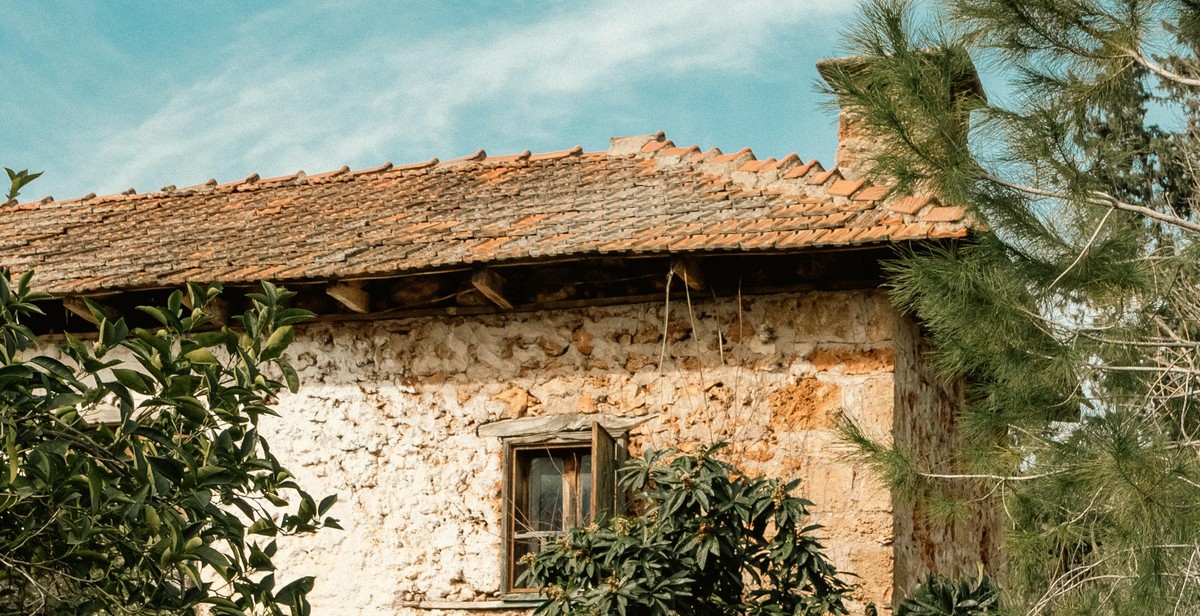
Building the Raised Garden Bed
The first step in building a raised garden bed on your apartment balcony is to measure and cut the lumber. You will need four pieces of lumber, each measuring the desired length of your garden bed. The width of the lumber should be at least 6 inches, and the thickness should be at least 1 inch. Use a saw to cut the lumber to the desired length.
Next, assemble the garden bed by placing the four pieces of lumber on a flat surface. Arrange them in a rectangular shape, with the shorter pieces inside the longer pieces. Use screws or nails to attach the corners together.
Once the garden bed is assembled, it’s time to fill it with soil and compost. Start by adding a layer of gravel or rocks to the bottom of the bed to improve drainage. Then, add a layer of compost followed by a layer of soil. Repeat this process until the bed is filled to the top.
Be sure to water the soil and compost thoroughly before planting any vegetables or herbs. This will help to settle the soil and ensure that it is evenly moist throughout the bed.
With these simple steps, you can easily build a raised garden bed on your apartment balcony and start growing your own fresh vegetables and herbs.
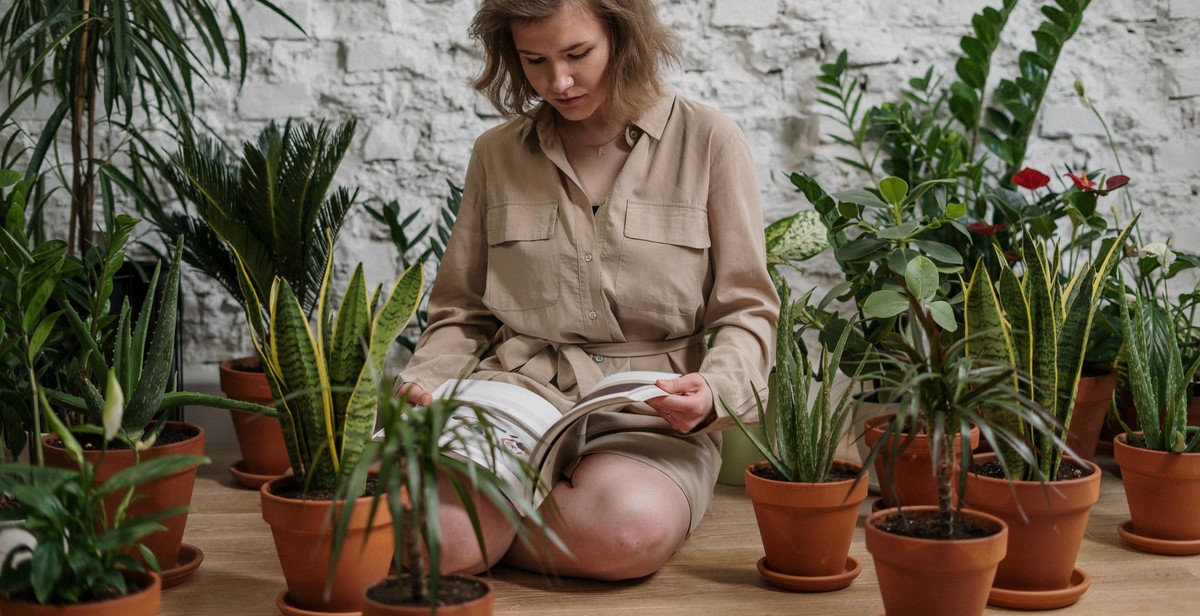
Planting Vegetables and Herbs
Choosing the right plants is crucial to the success of your raised garden bed. Look for plants that thrive in containers and have a compact growth habit. Vegetables like lettuce, spinach, radishes, and tomatoes are great choices for small gardens. Herbs such as basil, parsley, and cilantro are also great options.
Planting Seeds or Seedlings
You can either start your garden from seeds or buy seedlings from a nursery. If you choose to start from seeds, follow the instructions on the seed packet for planting depth and spacing. If you opt for seedlings, gently remove them from their containers and loosen the roots before planting them in your raised bed.
Watering
Water your plants regularly to keep the soil moist. Check the soil moisture level by sticking your finger about an inch into the soil. If it feels dry, it’s time to water. Water deeply and avoid splashing the foliage to prevent fungal diseases.
Fertilizing
Feed your plants with a balanced fertilizer once a month to provide them with the nutrients they need to grow. You can use organic fertilizers such as compost or fish emulsion, or synthetic fertilizers specifically formulated for container gardening. Follow the instructions on the fertilizer label for application rates.
By following these tips, you can enjoy a bountiful harvest of fresh vegetables and herbs from your raised garden bed on your apartment balcony.

Maintaining the Garden Bed
Once you have successfully built a raised garden bed on your apartment balcony and planted your favorite vegetables and herbs, it is important to maintain the garden bed to ensure healthy growth. The following are some tips on how to maintain your garden bed:
Watering
Watering is essential for the growth of plants, and it is important to water your garden bed regularly. The frequency of watering will depend on the type of plants you have planted and the weather conditions. Generally, it is recommended to water the garden bed at least once a day, preferably in the morning or evening when the sun is not too strong. Be sure to water the plants at the base and not from the top to avoid damaging the leaves.
Weeding
Weeds can compete with your plants for nutrients and water, and it is important to remove them regularly. You can use a hoe or a hand weeder to remove the weeds from the garden bed. It is recommended to weed the garden bed at least once a week to prevent them from taking over your plants.
Pest Control
Pests such as aphids, caterpillars, and slugs can damage your plants, and it is important to control them. You can use organic pesticides or insecticides to control the pests. Alternatively, you can use natural methods such as companion planting or introducing beneficial insects such as ladybugs to control the pests.
| Task | Frequency |
|---|---|
| Watering | At least once a day |
| Weeding | At least once a week |
| Pest Control | As needed |
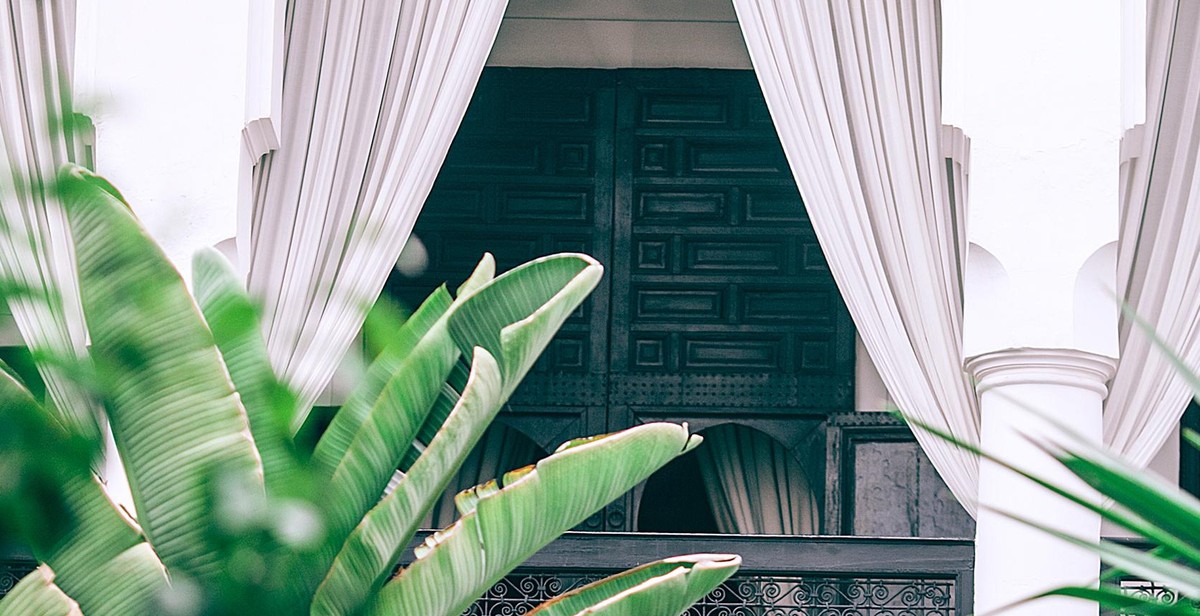
Conclusion
Building a raised garden bed on your apartment balcony is a great way to grow fresh vegetables and herbs at home. With a little planning and effort, you can create a thriving garden that will provide you with healthy and delicious produce throughout the year.
Benefits of a Raised Garden Bed
- Easy to maintain
- Provides better drainage and aeration
- Allows for better soil quality and nutrient retention
- Reduces the risk of pests and diseases
- Makes gardening accessible to those with limited space
Steps for Building a Raised Garden Bed on Your Apartment Balcony
- Select a suitable location and size for your garden bed.
- Choose the right materials, such as wood, plastic, or metal.
- Prepare the area by cleaning and leveling the surface.
- Assemble the garden bed and fill it with high-quality soil and compost.
- Select the right plants and herbs for your garden and plant them.
- Water and fertilize your garden regularly and monitor its growth.
Final Thoughts
Building a raised garden bed on your apartment balcony is a fun and rewarding project that can provide you with fresh and healthy produce year-round. With a little creativity and effort, you can transform your balcony into a thriving garden oasis that you can enjoy for years to come.
